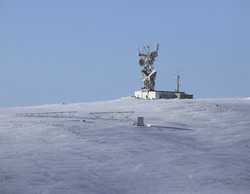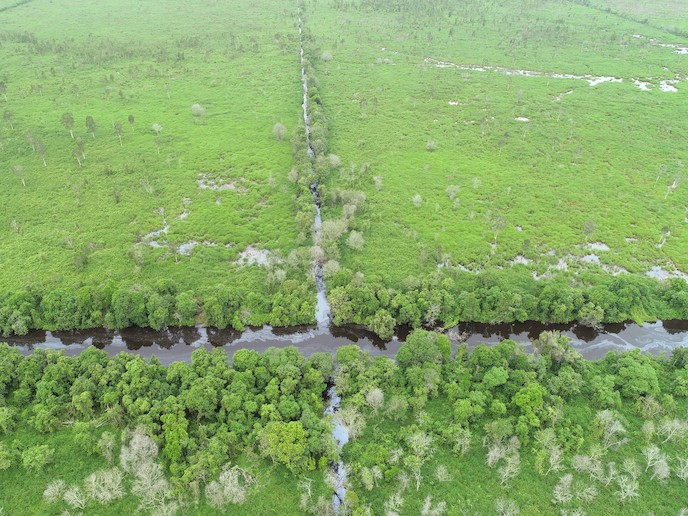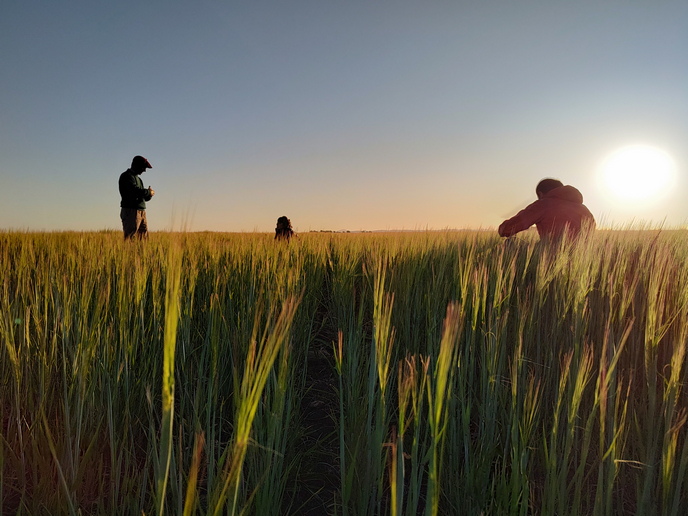Coordinating Arctic research stations
The aim of the INTERACT(opens in new window) (International network for terrestrial research and monitoring in the Arctic) project was to establish partnerships between research stations. It also developed and deployed new observation technologies and promoted research activity by increasing researcher access to the Arctic. During the project's 5-year period, the number of research stations has risen to 77 from 19 countries, which together host over 5 000 researchers in various disciplines each year. The project now includes most of the terrestrial infrastructures in the northern Arctic and also extends southwards into forest and alpine regions. A forum for station managers was set up to discuss best practice in station management and standardised monitoring. In addition, a one-stop shop guide was produced with information from 45 stations and is available on the INTERACT website. A geographic information system was also developed to make station data more accessible and has been deployed at one research station as a case study. Monitoring of specific environmental factors in remote areas has been improved through sensor networking and more efficient data capture and dissemination. Project partners have also set up a fully compatible Integrated Carbon Observation System (ICOS) tower in Greenland and 10 energy exchange stations in the North Atlantic region. These installations were built and located with the assistance of a major carbon monitoring network and the climate modelling community to ensure maximum compatibility and relevance. They have also provided unique insights into northern climate feedback systems from the data collected to date. The increased and coordinated activities at the stations have provided valuable scientific information, enabling decision-makers and the public at large to become better informed about the Arctic environment. This information also feeds into major regional and global assessments of environmental changes, such as those related to climate, biodiversity and land use. Although INTERACT's true impact and legacy will only be truly known after many years, it is already possible to identify some of the major impacts of the project on science, education, diplomacy and environmental policy. These have been achieved by research infrastructures working together throughout the Arctic and in alpine regions to develop integrated activities while increasing scientific access to the region.







